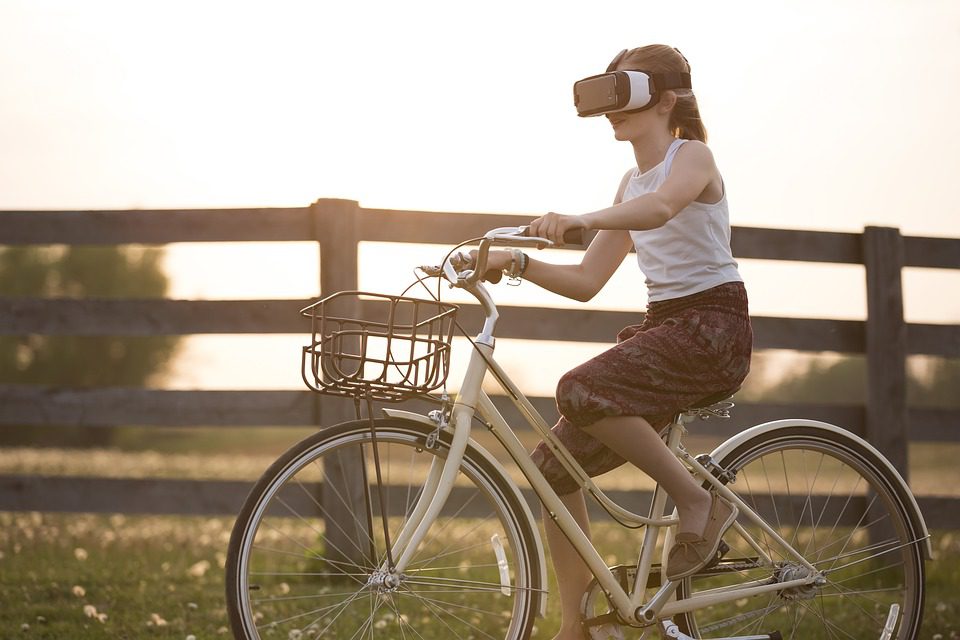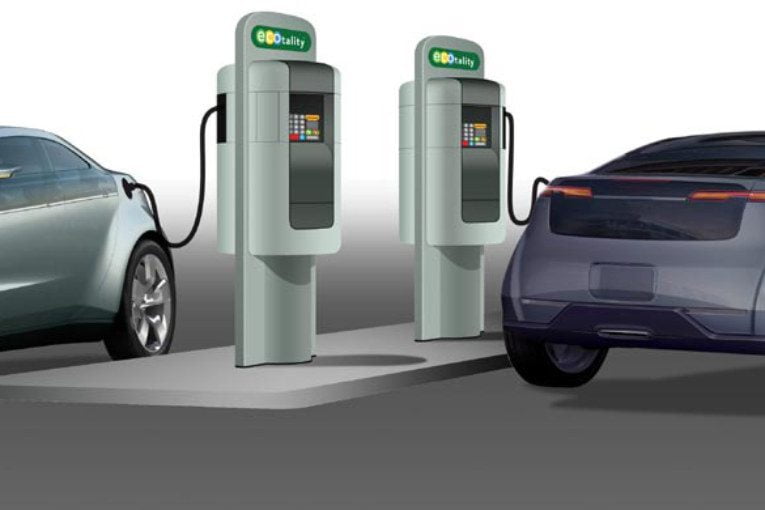
We hear it so often today, the constant thumping of drums signaling an upcoming revolution.
We are all aware that we are in the infancy of a profound new way to experience how we interact with information on a daily basis. Something as profound as the wheel and capable of creating as much impact on how we interact as the Internet itself.
In many ways, it is the future of technology, culture, and industry in a brave new world; the decade-old clarion call of Augmented Reality.
Broadly speaking there are as many permutations of how to feasibly implement this emerging technology into your business as there are businesses to use it.
The key to being effective in this is to understand where current practices meet the edge of augmented reality and develop a solution to improve the return on that practice.

Currently, we are tantalized by the advancements in virtual reality and the increasing acceptance of technology in both our working and consumer-driven lives like never before.
The eventual emergence of augmented reality as an industry supporting both enterprise and consumer endeavors from education to medicine and from phones to gaming systems seems closer than ever before.
It is truly a special time, the first moments where we are just learning to walk and participate in a world transitioning into a mixed reality of the physical and digital world.
The release of Pokemon Go was a statement to anyone who had yet to hear of augmented reality. The unveiling of a combination of the real and unreal world suddenly being accessed by millions of people opened up exciting new avenues for technology.
It quickly spread from its gaming industry roots and took social awareness of it to the masses.
However, this is only one of the many industries AR has penetrated as developers seize the obvious advantages of its use.
AED4EU, Amplified Robot Lab, AccuVein, Anatomy 4D, and Layar Creator are a few drops in the bucket of companies and applications currently being used by the engineering, healthcare, education, retail, video entertainment, and live event markets.
According to Statista, it is predicted that between 2020 and 2025 augmented and virtual reality software for video games will have increased from 70 million users to over 216 million worldwide.
You may like: Advances In Gaming Technology Paving The Way for Innovation
Live events will see similar increases in magnitude from 28 to 95 million, video entertainment from 24 to 79, retail from 9.5 to 31.5, education from 7 to 15, healthcare from less than a million to nearly 3.4 million, and engineering from 1 to 3.2 million.
Additionally, the number of augmented, virtual, and mixed reality headset devices expected to be shipped worldwide will increase from just over 22.1 million in 2017 to 99.3 million units by 2021 so the market is already growing.
By 2021, the augmented and virtual reality market is expected to reach a market size of 215 billion U.S. dollars from its current levels of 11.4 billion.
So the expectations are clearly showing the efforts of those working hard to bring practical results are coming to fruition and we will soon see an explosion of growth in businesses using some compelling methods of integrating the digital and physical world.
Businesses that leverage this growth can look to implement emergent technologies that will influence core practices and impact their business models for generations to come.
Businesses have always been willing to invest more capital if it can be shown there will be a high return on their investment.
The key is to understand what segments to target in order to ride the wave of this coming revolution.

The demand for tools to integrate Augmented Reality is growing and real and clearly every business must find out how to best use it for them.
Broadband and AR/VR-ready devices will be required more and more to keep up with the necessary online demands for this marketplace and ongoing telecommunications evolutions to include AR as part of its architecture are obvious.
TV and visual media can also look forward to a transformation into the avenue of AR inclusion and interoperability as the growth of a new section of the economy to improve development and serve the growing needs demanded by end-users increases.
In his 2016 Q&A at the Utah Tech Tour Apple CEO, Tim Cook mentioned that “A significant portion of the population… will have AR experiences every day, almost like eating three meals a day.”
Conclusion
What dishes each individual business chooses to serve, regardless of the pros and cons, will determine decisions on how best to taste the augmented reality revolution.








